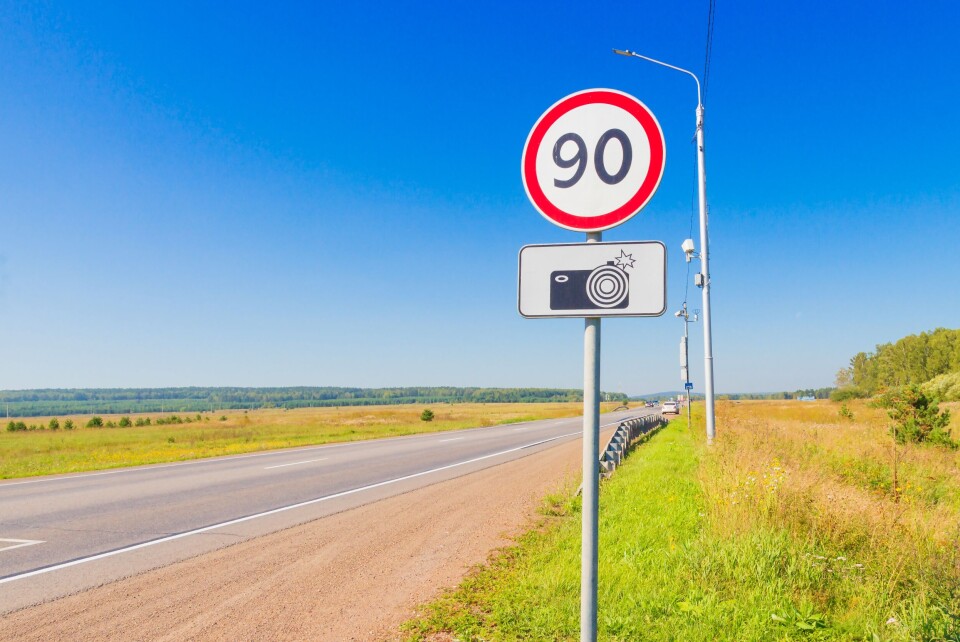-
Britons are the largest foreign community of second-home owners in Nouvelle Aquitaine
See which other departments in the region are popular with British nationals
-
Travellers risk extra costs under new Eurotunnel ticket rule
Some fare options are less flexible and less forgiving of lateness
-
May will be difficult month for train travel in France, warns minister
Two major train unions are threatening to strike and are ‘not willing to negotiate’, he says
French road speed limit back to 90km/h across 42 departments
Puy-de-Dôme in central France is the latest to make the change to its secondary roads. Road safety bodies still advocate 80km/h

The speed limit on departmental roads in Puy-de-Dôme in central France returns to 90km/h today (August 1), meaning almost half of all departments have now reinstated the higher limit four years after the government imposed the controversial 80km/h limit.
In 2018, the government voted to lower the national limit on departmental roads from 90km/h to 80km/h in a bid to improve safety. The change applied to secondary roads with the exemption of dual carriageways. Motorways were not concerned.
The move was unpopular among authorities and driving associations in several departments.
Today (August 1) 42 departments across the country have reverted to 90km/h, meaning almost half of French departments have revised the limits.
The government gave authority to local departments to do this in 2020 and it is now up to the departmental council to make the decision.
Criteria for change
To make the change, the department must show there is a valid reason for it to increase the limit and must present an ‘accident study’, which is then examined by a road safety commission.
The commission returns a judgement on the safety of the roads concerned and the consequences for accident levels if the limit is increased. Departments can choose to follow the recommendations of the commission or not.
Most departments are therefore free to make the changes they like; however, in Hérault, a court ruled that the limit could not be raised to 90km/h as the department had not presented enough valid reasons for the change.
Variations between departments
Most of those making the change back to 90km/h are in rural areas with low population density. Together, the roads only make up 33,000km of the total 400,000km of network that was nationally lowered to 80km/h.
There are still major differences between departments when it comes to the rules.
For example, in Haut-Rhin, the limit has been lifted over just 22km of road.
In contrast, in Allier, 5,284km of road has been reverted to 90km/h (100% of its departmental roads). In Charente, 500km of road have gone back up to 90km/h, representing 10% of department roads.
Does lowering the speed limit make roads safer?
A report submitted to Parliament in 2021 found that the effects of lowering the speed limit were not yet observable, especially as 2020 was not a normal year in terms of traffic, due to the Covid crisis.
Read more: Has reducing the French speed limit to 80km/h saved lives?
However, road safety agency la Sécurité routière has said that switching to 80km/h has saved 349 lives over 20 months, and savings of €700million (due to fewer accidents, and lower fuel consumption).
Drivers’ associations dispute this, especially in departments where the change has proven unpopular.
Related articles
Livret A, health pass: Five changes for residents in France in August
37 French departments reinstate 90km/h limit
80 or 90km/h? French speed limit changes continue to cause confusion
























